
I don’t tend to cover current events, but I’ve seen some questionable information circulating on the recent train derailment & chemical spill in Ohio and I’m in a position to give some more measured info about the gravity of the situation in some regards 
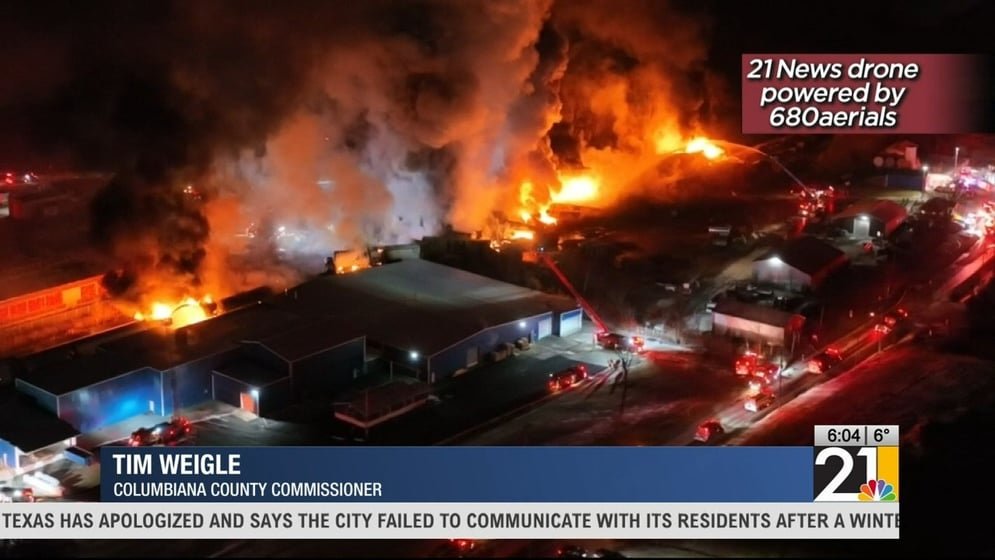
Disclaimer: This is of course an analysis based on extremely fragmentary information and not that much research put into it (as it’s not the main focus of what I like to do on twitter but some easy-to-find information may limit some of the excesses I’ve seen)
First, the much-discussed vinyl chloride (VC). Also called chloroethene (C2H3Cl) this molecule is mainly used as a source material to make the polymer PVC (polyvinylchloride) the world’s third most produced plastic. VC production tonnage is in tens of millions of tons/year 

VC is a gas under normal conditions, its flash point being at -78°C. It is colourless, heavier than air and has a detectable sweet smell. In Europe, most of its risk classification revolves around its extremely high flammability
To evaluate the danger a molecule poses, one has to take into account not only its toxicity but the physico-chemical properties that dictate how it’ll react once released into the environment and the likelihood of it reaching living organisms and harming them 
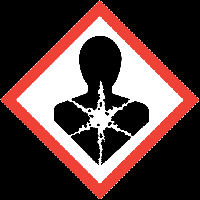
This classification is often summarized as “PBT” (persistent, bioaccumulated, toxic) or vPvB for extreme cases. Thankfully, all tests have shown that while VC is considered carcinogenic, thus automatically “T”, it is neither P, nor B 
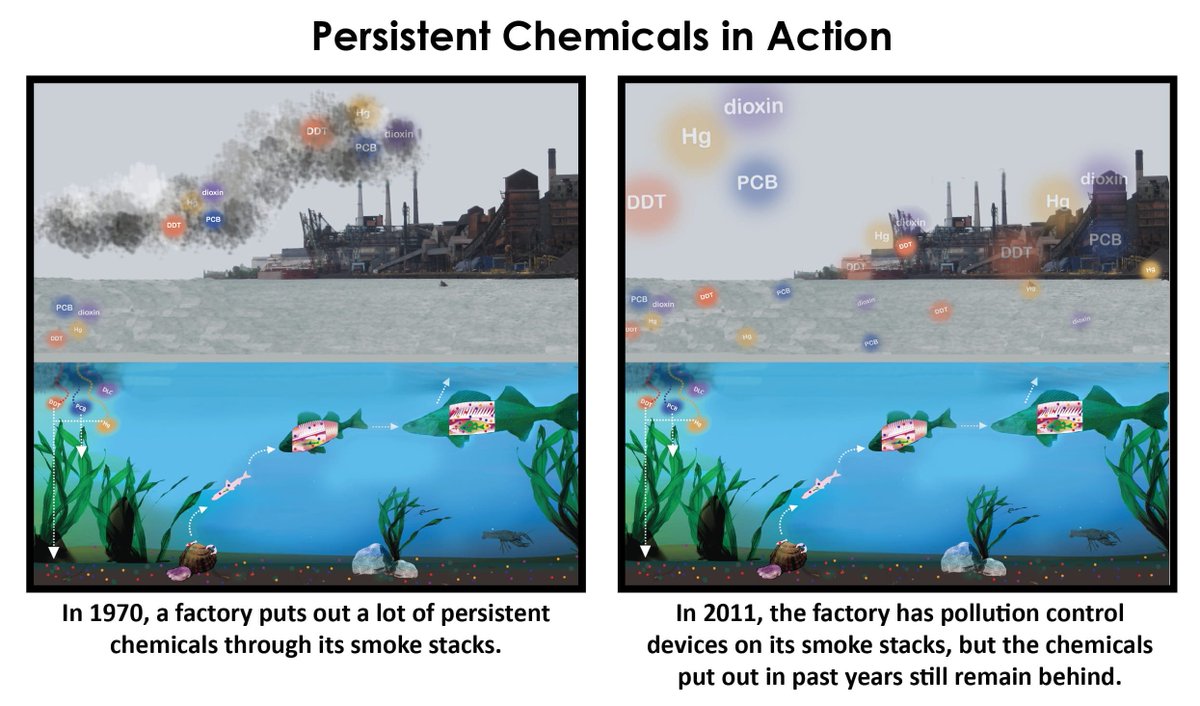
Persistence relates to how fast a substance biodegrades. The gas VC reacts in the air with hydroxyl radicals (-OH) resulting from ozone radiation and other things. It is degraded into other components with a half-life of 2.3 days (after 2.3 days, half has been degraded) 
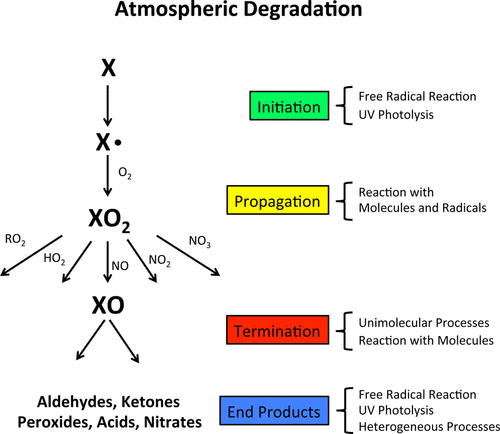
Thus, after 4.6 days, there is 1/4 of the original VC left, after 6.9 days, there is 1/8 left, etc. This is considered the major “sink” through which VC disappears into the environment. The gas is heavier than air and tends to stay closer to the ground 
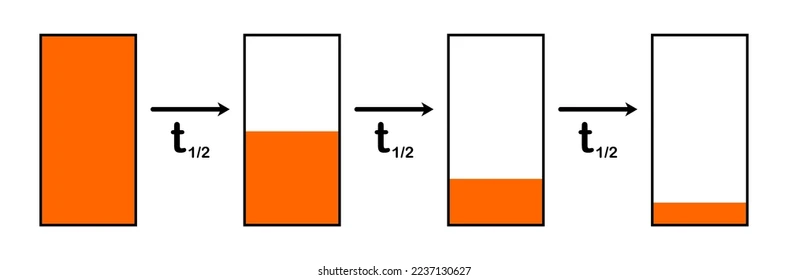
It’s notable that VC does decompose in the air into mainly formyl chloride (corrosive) which is unstable and decomposes into other more or less stable compounds, some of them also being very corrosive. It may also form formaldehyde, hydrochloric acid…
Contrary to some claims, VC is not readily soluble in water, to the point that water degradation tests haven’t been carried out as even if it reacts, it bubbles back out in a few hours. There are only very specific scenarios where one would be into contact with VC through water
In a worst case scenario of massive contamination, boiling is recommended to eliminate it as it releases the gasses from the water, but at this time after the incident it’s unlikely significant amounts remain in the liquid
However some of the substances VC decomposes into in the air can have a very negative impact on water quality and are water-soluble, it would mainly lead to strong water acidification in a radius around the spill site 

The second criteria, bioaccumulation, refers to the ability of the substance to become stocked in the body of organisms, either the leafs of plants or the fat and soft tissues of animals and accumulate over time. This criteria is mostly inapplicable to gasses also 
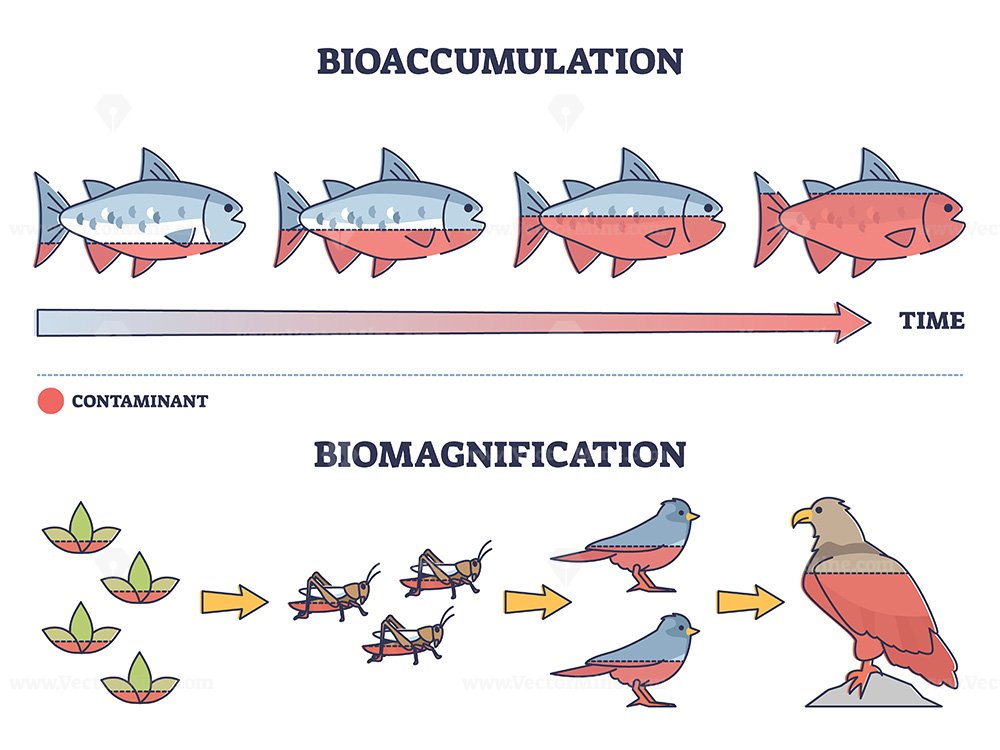
I’ve seen posts claiming VC is spontaneously polymerizing in contact with air. This also seems relatively unlikely reaction conditions for forming PVC in industrial settings require a t° between 325-350 kelvins (51-76°C roughly) in a liquid suspension with a pressure of 13 atms 



Of course there’s a fire going on so it's hot and these conditions may reflect optimal industrial setting conditions for high quality polymers so some suboptimal reactions are possibly occurring resulting in imperfect assemblages
Now for the inhalation toxicity, there have been serious correlations found between chronic PVC dust and VC inhalation and pneumoconiosis (lung disease) and angiosarcoma (lymph node cancer), with effects on the liver and even tumour induction
This open access toxicology review by European authorities gives all the required information on the regulations and toxicity relating to VC europepmc.org/article/nbk/nb…
overall while the short-term effects are grave, the VC by itself will rapidly degrade in the environment and on a timescale of at worst months or years environmental contamination levels for this particular pollutant will likely become negligible
The train however carried other substances. Butyl acrylate is a flammable liquid which is not considered PBT as it is readily biodegraded and photodegraded (UV exposure), although it is not particularly susceptible to hydrolysis (reaction with water) 
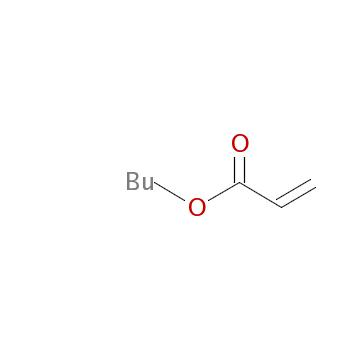
The freshwater PNEC (predicted no-effect concentration) value for it is calculated at 0.003mg/L with an assessment factor of 50. This is a very low environmental concentration, but PNECs are extremely conservative, for regulatory purposes
Beyond this concentration, some effects (either non lethal or lethal) will begin to be observed in the most sensitive organisms present. I can’t say what conditions are like there as I don’t know how much exactly was on the train, how much burned, and how much flowed off-site
Once again negative effects are possible here especially on aquatic organisms but also on some soil organisms in the relatively short term of maybe weeks or months based on the magnitude of the incident. I have to stay vague as I’m missing loads of information
Finally, some cars contained benzene residues. This volatile liquid is extremely flammable and classified as a cancer and mutagenic risk if ingested or breathed. It is not classified as PBT due to its low KOW ratio and 13.4 day atmospheric half life 
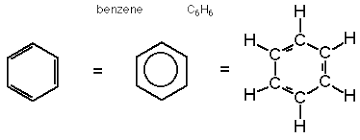
A large toxicological report for the ECHA (one of the, if not the most stringent chemicals reporting system in the world) is freely available here for the effects of benzene echa.europa.eu/registration-d…
But as the manifest described the benzene as ‘residues’, possibly from liquid remains from previous shipments and uncleaned tanks, it is unclear if the quantities released by this incident are of a sufficient order of magnitude to cause significant harm
Still, as benzene is a category 1 carcinogen, it’s recommended to avoid areas of release without proper protection for the skin & respiratory system. But as for the other 2 substances, reports indicate it won’t remain in the environment for very long
Some have also mentioned the possibility of dioxin being released by the ensuing fire. These are truly dangerous pollutants as they are part of the “dirty dozen” of pollutants which are extremely toxic long-lived, classified as PBT 

Dioxins are created during burning of some organic substances, natural or synthetic such as PCBs (polychlorobiphenyls) under specific circumstances. Any fire at a municipal landfill, factory or depot is likely to result in the release of dioxins 

While it has certainly occurred here, except for benzene none of the 3 main chemicals reported at the site have the chemical structure or likelihood to produce much dioxin upon burning, so it could be the elements of the train and its carriages itself that would be the sources
Overall it seems likely to me that while the effects are grave short term with regards to the vicinity of the site and surrounding wildlife and waterways, the damage to the environment (as in, it being toxic to animals and plants) –
- does not seem likely to prolong itself in the very long term. Of course if pollutant concentrations were high and animal die-offs occurred, it may take longer for recolonization to take place, but that’s always a bit random
In conclusion while I strongly confirm that this is an environmental calamity that may cause illness to people nearby, claims that it will be an “American Chernobyl” or that the entire area will be irreparably devastated seem overblown in the face of the current evidence 
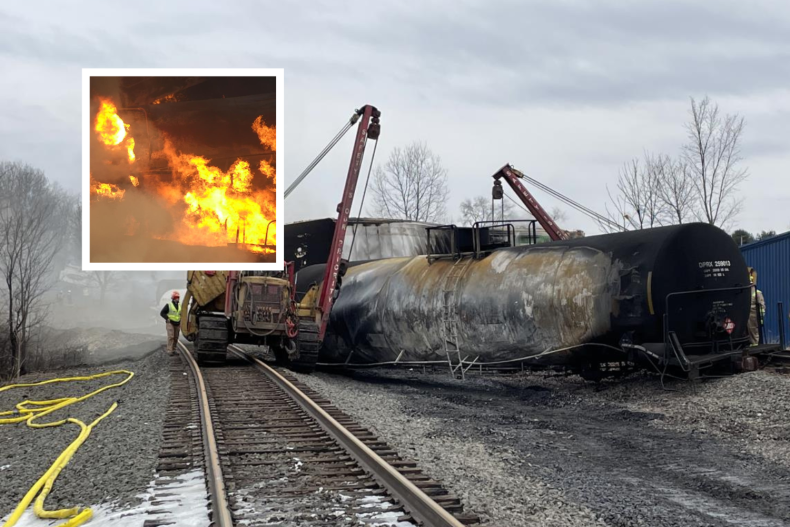
• • •
Missing some Tweet in this thread? You can try to
force a refresh



















